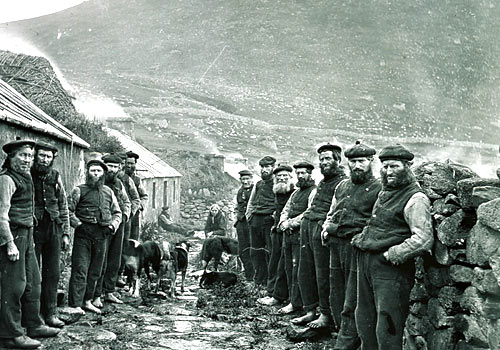 |
| Old stone weir and packhorse bridge in The Rivelin Valley |
Sheffield has five rivers though some people might think of them as streams. In the eighteenth century and onwards through the nineteenth century, these rivers powered much of Sheffield's industry. It was in this city that silver plating first happened and where stainless steel was invented. For many years the name Sheffield was synonymous with fine cutlery and underpinning the city's historical expertise in metal working were our five rivers - The Sheaf, The Porter, The Loxley, The Don and The Rivelin.
Back in 1982, I rented an allotment in The Rivelin Valley. For those who may not have encountered the term "allotment" before, it was and is essentially a defined patch of ground where you can grow vegetables or perhaps keep chickens. My allotment had an area of about three hundred square yards and I cultivated it for six years before we moved to our present house which has a big garden at the rear and plenty of room for vegetable growing. The garden at the previous house was the size of a postage stamp.
My allotment was on Hagg Hill next to Rivelin Valley Road. The old man who rented it before me had built a home from home in the top corner of the plot. There was a brick chimney and brick foundations with various glazed window panels, meaning that the structure was half shed and half greenhouse. He had passed away in 1981, leaving various useful tools and other interesting items behind. That is where I found the old grindstone that I recently made the centrepiece of our new flower bed. I also found an old stone bottle which was once the property of The Barnsley Vinegar Company.
Back then all of the surrounding allotments were occupied - mostly by retired working class men from Walkley, Crookes and Hillsborough. A couple of them taught me a lot about successful vegetable cultivation and there was a lot of sharing and friendly banter. With much hard work I made my allotment productive. There were rows of potatoes, onions, beans, turnips, peas and cabbages as well as some soft fruit bushes and I grew mushrooms in plastic sacks that I kept in the shed. But in 1989 I left it all behind when we moved house.
I already knew that during the past twenty five years, my allotment and those surrounding it had fallen into disuse and that nature was reclaiming them.However, today, while walking along The Rivelin Valley, looking at the remains of old mills that once powered metal working enterprises, I decided to make a detour and return to the site of my old allotment if I could find it amidst the nettles and saplings, the long grasses and wild privet hedges.
An archaeologist would have a field day at those allotments. Anybody walking by today would never even guess that there had ever been allotments there. But I found the remains of the old shed - no glazed panels any more and the old Victorian pine table must have disintegrated but I knew exactly where the little fireplace had been and the steps up to the entrance and when I rooted around in the debris I found one of my mushroom sacks from twenty five years back and yoghurt pots in which I once grew seedlings and there's an old slate mantelpiece that I plan to rescue one day soon.
Time passes and what once was can fade away into distant memory leaving little evidence behind. The first time round I never snapped one picture of my old allotment. The contrast with today's scene would have been almost remarkable:-
 |
| The foundations of the old shed |
 |
| Nature claims back my vegetable garden |
 |
| One of my old mushroom sacks found under the debris |
























